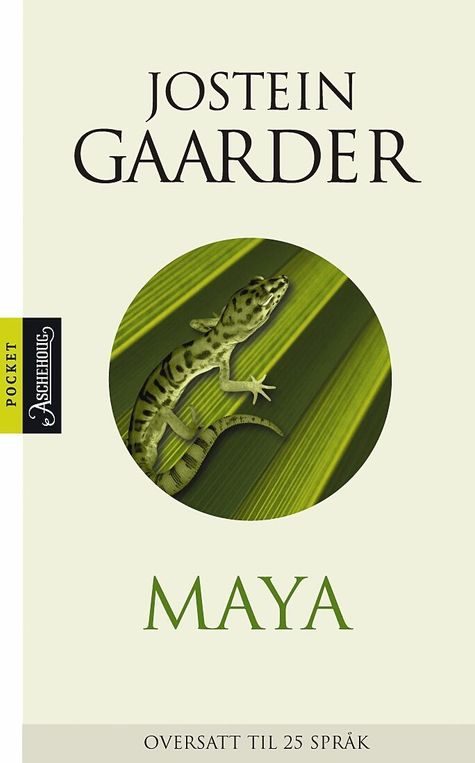How can two lovers be reconciled to a lost eternity? Frank, a Norwegian evolutionary biologist, is ensconced in a hotel room in Madrid, where he is writing a letter to his estranged wife, Vera, to tell her of his meeting with a peculiar Spanish couple, Ana and José. To make Vera understand how much this encounter has meant to him, he has to begin by telling her of the time he spent on Taveuni in the Fiji Islands in January 1998. The story really begins with the Big Bang, when the universe was created, but it begins also with what Vera wrote to Frank on a postcard from Barcelona in 1992. Equally surely, the story begins on the quayside in Cöödiz one winter day in 1790, when a five-year-old boy sells a pack of cards to a German sailor. It may also be said that the story begins when John loses Sheila and is no longer able to write. Gaarder asks himself how it can take four billion years to create a human being but only a few seconds to die. How can people possibly reconcile themselves to the thought that life will one day come to an end? He also wonders whether the process of evolution that culminated in human consciousness was purely a matter of chance. Maya is the story of Adam’s lack of wonderment at his own existence.
Praise for Maya:
“…immediately absorbs the reader with complex themes and notions that are presented in a bold and imaginative way”
(Waterstones Quarterly)
“The best-selling author of Sophie’s World returns with another wonder-filled philosophical expedition…this time going into the realm of the meaning of life and love. Gaarder’s enthusiastic and surreal unravelling of ideas is temptingly absorbing”
(The Scotsman)
“A weighty novel of ideas, written to instruct as well as entertain”
(Daily Mail)
“… one finds oneself constantly being impressed by Gaarder”s flights of imagination”
(Dagbladet)
“… every time I think I have found the solution to the puzzle, up crops something new to turn the whole story upside down. … It seems as though Jostein Gaarder’s imagination could go on making things up for ever and ever”
(Vårt Land)
